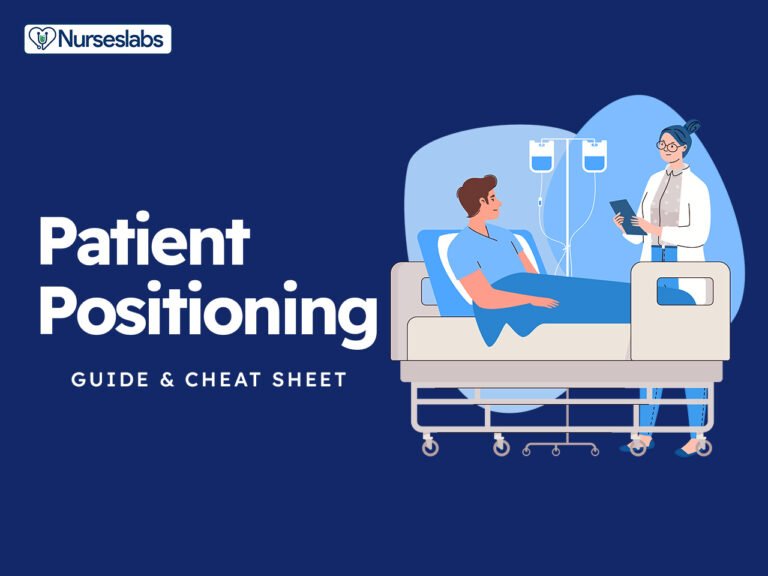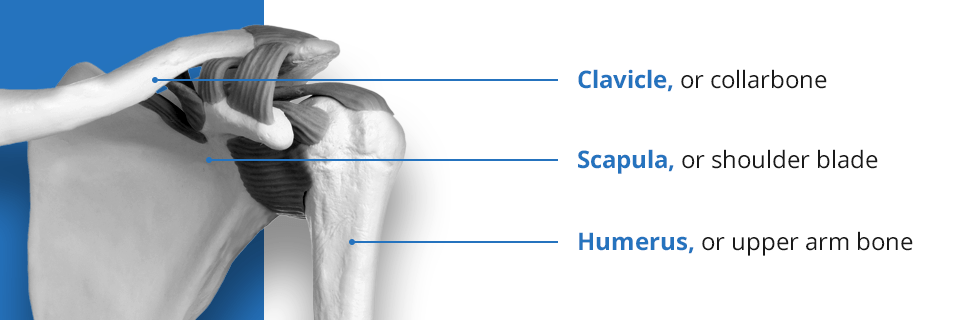Why No Pillow under Knee After Surgery? placing a pillow directly under your knee after surgery can cause it to bend and put excessive pressure on the knee, which may lead to complications and hinder the healing process. This position can result in joint contractures and limit the extension of the knee, impacting rehabilitation and causing increased discomfort.
After undergoing surgery, it’s crucial to follow the recommended sleep positions to aid in the recovery process. While you may be inclined to place a pillow under your knee for comfort, this can cause the knee to bend, exerting undue stress on the surgical site.
By understanding the rationale behind avoiding a pillow under the knee and learning the most suitable sleeping positions post-surgery, you can enhance the healing process and promote a smoother recovery. Let’s delve deeper into why placing a pillow under the knee after surgery is discouraged and explore the optimal sleep positions for effective post-surgery recuperation.
Why No Pillow under Knee After Surgery?
1. Why Is It Important To Avoid Placing A Pillow Under The Knee After Surgery?

After undergoing knee surgery, it is crucial to avoid placing a pillow under the knee. This practice, although seemingly harmless, can have detrimental effects on the recovery process. Let’s delve into why it is so important to refrain from using a pillow in this way.
1.1 Increases Risk Of Bending The Knee
Placing a pillow under the knee post-surgery increases the risk of bending the knee, which is detrimental to the healing process. Bending the knee too soon can put strain on the surgical site, disrupt the sutures or incisions, and even potentially damage the newly reconstructed joint. It is crucial to keep the knee as straight as possible to ensure proper healing.
1.2 Impedes Proper Blood Flow
Another reason to avoid using a pillow under the knee is that it impedes proper blood flow. When a pillow is placed under the knee, it compresses the blood vessels, restricting circulation and impeding the delivery of vital nutrients and oxygen to the surgical site. Proper blood flow is essential for optimal healing, so it is important to keep the knee in a position that allows for unobstructed circulation.
1.3 Slows Down The Rehabilitation Process
Using a pillow under the knee can significantly slow down the rehabilitation process. Keeping the knee straight helps to prevent the development of contractures and ensures that the joint retains its full range of motion. By using a pillow, the knee remains in a flexed position for an extended period, causing decreased flexibility and potentially delaying the recovery process. Therefore, it is best to avoid placing a pillow under the knee to facilitate a smooth and efficient rehabilitation journey.

2. How To Sleep Properly After Knee Surgery For Optimal Recovery
After knee surgery, it’s crucial to prioritize proper sleep for optimal recovery. By adopting the right sleeping positions and practices, you can help enhance the healing process and reduce discomfort. Below, we’ve outlined the best ways to sleep properly after knee surgery.
2.1 Sleep On Your Back
Sleeping on your back is one of the best positions after knee surgery. This position allows you to keep your leg straight and maintain proper blood flow, facilitating the healing process.
2.2 Use A Wedge Pillow Or Pillows Between The Knees
When sleeping on your back, using a wedge pillow or placing pillows between your knees can provide support and help alleviate pressure on the surgical site. This positioning promotes comfort and facilitates the healing of your knee.
2.3 Elevate The Leg Without Bending The Knee
It’s important to elevate your leg without bending the knee. This can be achieved by using pillows or a stool to elevate the leg, supporting proper blood flow and avoiding unnecessary stress on the knee joint during sleep.
3. The Consequences Of Placing A Pillow Directly Under The Knee
Placing a pillow directly under the knee after surgery can lead to a range of potential issues and complications. It’s important to understand these consequences to ensure the proper healing and recovery of the knee.
3.1 Excessive Pressure On The Surgical Site
When a pillow is placed directly under the knee, it can exert excessive pressure on the surgical site, which is detrimental to the healing process. This pressure can impede blood flow and cause discomfort, hindering the recovery progress.
3.2 Irritation And Potential Harm To The Knee
Moreover, the positioning of a pillow directly under the knee can lead to irritation and potential harm to the knee. This can disrupt the delicate post-operative healing process, leading to prolonged recovery times and increased discomfort for the patient.
3.3 Contractures And Limitation Of Knee Extension
Placing a pillow under the knee can also result in contractures and limitation of knee extension. This can lead to reduced range of motion and hinder the patient’s ability to fully regain strength and mobility in the affected knee.

4. Alternative Methods To Provide Support And Comfort During Sleep
After knee surgery, it is important to find alternative methods to provide support and comfort during sleep. Placing a pillow under your knee might seem like a natural choice, but it can actually cause your knee to bend, leading to excessive stress on the joint. In this section, we will explore alternative methods that can help you sleep better without the need for a pillow under your knee.
4.1 Placing A Pillow Under The Calf And Knee
If you still feel the need for some elevation, an alternative approach is to place a pillow under your calf rather than directly under your knee. This method allows for a slight elevation without causing your knee to bend. By supporting the calf and knee together, you can minimize stress on the surgical site and promote proper blood flow.
4.2 Using Pillows To Cushion The Knee From Pressure
Another way to provide support and comfort is to use pillows to cushion the knee from pressure. Place pillows on either side of your knee to create a soft barrier that prevents direct pressure on the surgical site. This can help distribute your body weight evenly and reduce discomfort during sleep.
4.3 Taking Precautions To Ensure Proper Sleep Positioning
Proper sleep positioning is crucial for a successful recovery after knee surgery. To ensure you are in the best position, follow these precautions:
- Avoid sleeping on your side: Side sleeping can put undue pressure on the surgical site. Try to sleep on your back instead.
- Use a supportive mattress: A firm mattress can provide better support for your body, including your knee.
- Place a pillow under your neck: Adding a pillow under your neck can help maintain proper spinal alignment and reduce strain on your knee.
- Keep your legs straight: It is important to keep your legs as straight as possible during sleep to prevent unnecessary bending of the knee.
By following these precautions and utilizing alternative methods for support and comfort, you can optimize your sleep and promote a successful recovery after knee surgery. Remember, always consult with your healthcare provider for personalized advice and recommendations.
5. Expert Advice On Post-surgical Sleep Positions

After surgery, it is crucial to prioritize proper sleep positions for a comfortable and safe recovery. Expert advice from doctors, physical therapists, and orthopedic specialists can help you achieve a restful night’s sleep while promoting healing.
5.1 Recommendations From Doctors And Physical Therapists
Doctors and physical therapists provide valuable recommendations for post-surgical sleep positions that promote optimal healing and comfort. Here are their expert tips:
- Avoid using a pillow directly under the knee: Placing a pillow directly under the knee can cause it to bend, adding excessive stress to the new joint. It is essential to keep your knee as straight as possible while sleeping to avoid complications.
- Sleep on your back: One of the best sleep positions after knee surgery is on your back. Sleeping in this position helps keep your leg straight, allowing for proper blood flow and minimizing discomfort.
5.2 Tips For A Comfortable And Safe Sleep After Surgery
To ensure a comfortable and safe sleep experience after surgery, consider the following tips:
- Ice your knee: Before bedtime, numb your knee using ice packs to help relieve pain and reduce swelling.
- Use a wedge pillow: Elevating your leg with a wedge pillow can promote healthy blood flow to the knee, helping with the healing process.
5.3 Guidance From Orthopedic Specialists
Orthopedic specialists provide valuable guidance on sleep positions after surgery. Follow these recommendations to support your recovery:
| Do’s | Don’ts |
|---|---|
| Sleep on your back | Avoid sleeping on your side or stomach |
| Keep your knee as straight as possible | Avoid bending your knee or using a pillow directly under the knee |
Following these expert tips and recommendations will not only provide a more comfortable sleep experience but also aid in a smoother recovery from surgery. It is essential to prioritize sleep positions that promote healing and avoid any actions that could hinder your progress.

Conclusion
It is advisable to avoid placing a pillow directly under your knee after surgery. This can cause bending of the knee, leading to stress on the new joint and potential complications in the healing process. Instead, focus on keeping your knee as straight as possible while sleeping, using a pillow under your calf for cushioning and leg support.
By following these guidelines, you can promote optimal healing and recovery after surgery. Rest well and take care of your knees!

